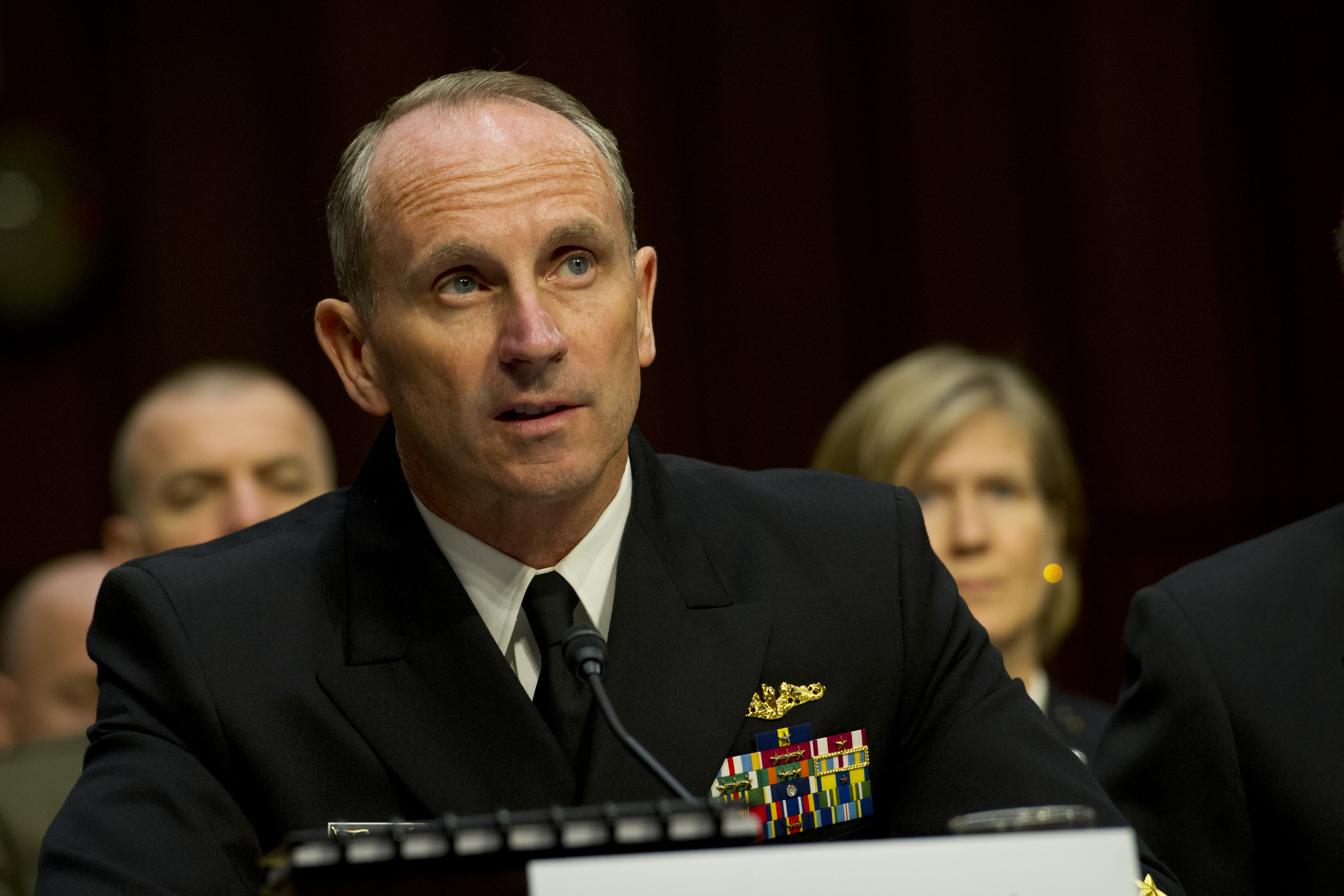
The sea service’s expanding presence in the Asia-Pacific is already starting to pay dividends in tamping down tensions between China and U.S allies in the region, the Navy’s top officer said Monday.
“It is going to be a long-term effort . . . [but] we are seeing results” of America’s growing maritime footprint in the Pacific, Chief of Naval Operations Adm. Jonathan Greenert said in a speech at the Center for Strategic and International Studies in Washington, D.C.
“We are starting to shape events” in the region, in the wake of recent Chinese military aggression in areas like the South China Sea, Greenert said.
During Wednesday’s speech, Greenert cited several examples of senior commanders with the People’s Liberation Navy (PLAN) intervening on behalf of U.S. warships to diffuse potentially dangerous confrontations with Chinese military and civilian vessels.
The Navy chief credited attributed those small successes to the White House’s commitment to the Pentagon’s plan to shift focus from the wars in Iraq and Afghanistan to potential hot spots in Asia.
“We have to manage our way through this” he said regarding the long-term nature of Washington’s strategic shift to the Pacific and the ongoing Chinese response.
“We are on a good course . . . and we are going to have to [continue to] lead” that effort in Asia, according to the CNO. That said, Greenert was adamant that recent flare-ups between Beijing and U.S. allies in the region would not throw Navy and Pentagon leaders off that course.
“We are not leaving and [the Chinese] know that,” he added.
But simmering conflicts over China’s movements in the Asia-Pacific, most recently against The Philippines and Vietnam, are prompting U.S. military leaders to re-examine standing military-to-military agreements between Washington and its allies, Greenert said.
“We exercise and interoperate . . . reasonably good” with Manila, Hanoi and other regional powers already, the CNO said. But as Chinese aggression continues to threaten stability in the Pacific, Greenert suggested it may be time to re-draft standing status of forces agreements (SOFAs) with the Philippines, Vietnam and others to address Beijing’s actions.
“I am waiting to see what we could do more of” in terms of military-to-military cooperation with Pacific allies, he said.
Navy leaders are also exploring options as to what U.S. allies in the Pacific could do to back American-led efforts in the region,given the fiscal difficulties the Pentagon is facing stateside, according to Greenert.
“There are fiscal realities that are going to affect” the Asia-Pacific strategy, the CNO said, “and that is going to result in us depending more” on US allies in the region.
He declined to go into details regarding what more U.S. forces or their allies could do in the years ahead, but Greenert’s comments come less than a month after the White House finalized a landmark defense pact with the Philippines, which will re-open key military bases to U.S. forces for the first time since the 1990s.
The defense deal, officially known as the Enhanced Defense Cooperation Agreement (EDCA), was made official during President Obama’s visit in April.
Greenert did not comment on whether a similar deal should be part of a possible new SOFA deal with Vietnam or with other U.S. allies in Asia.
Last Thursday, Manila released aerial surveillance photos of a suspected military outpost located on the on the Johnson South Reef in the hotly-contested international waterway, according to recent reports. Manila lambasted the new base, claiming China was encroaching on international waters.
For its part, Beijing said the facility was located in Chinese sovereign waters.
Claims of harassment by Chinese warships against Vietnamese military and civilian vessels operating in the South China Sea have sparked violent anti-Chinese demonstrations in Saigon and elsewhere in the country.
A number of Chinese nationals were killed during the civil unrest in Vietnam, as protesters continue to target those individuals living and working in the country.
On Vietnam specifically, the top Navy commander suggested military planners in Washington, Beijing and Hanoi “cool off and move in a deliberate matter” to de-escalate tensions, he said.





